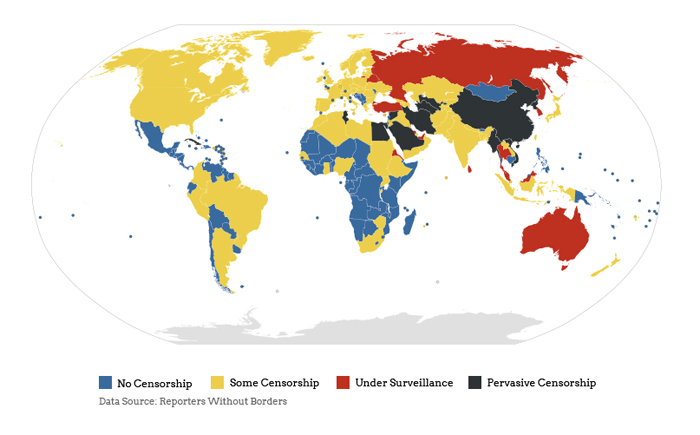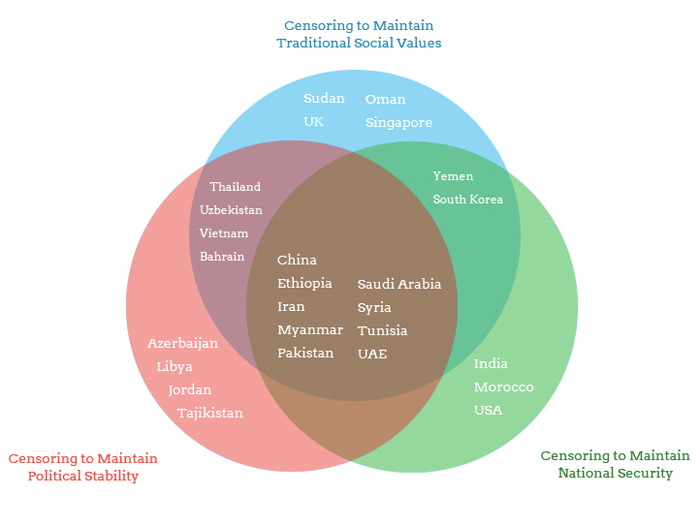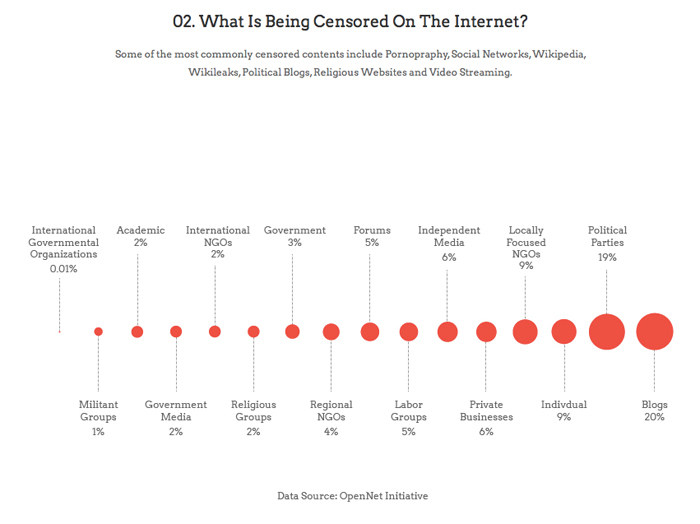5. Art censorship, how and why it should be censored in
classrooms.
6. I think that every teacher has the capability to decide
what is and isn’t appropriate for their own classroom. Some controversial art
work hold a great discussion behind it, and to censor teachers is taking away
their academic freedom. However, a teacher does need to do their best to
present the art work in respectful ways.
7. Artists have been censored since before the renaissance
period. Nude paintings are covered, teachers are fired, and private galleries
are shut down. Many artists try to fight against their own work being censored
because they claim it is unconstitutional under the First Amendment.
9. Firing a teacher because someone was offended by the
curriculum is wrong.
10. Art causes controversy, and it can shine light on issues
we often wouldn’t want to discuss. It can also show a difference of opinions,
and cause very serious discussions. And this element is very important to
discuss in art classrooms. Art isn’t meant to just hang on a wall and look
pretty. It’s meant to create a feeling or reaction, and the best examples of
this are artworks not everyone is going to agree with.
12.
Anderson, Albert A. Garoian, Charles, R.
“Fighting Censorship in the Art Classroom” School Arts. 96. 4. December 1996.
31-33. Davis Publications. Print.
Degenevieve, Barbara. "Censorship In The US Or Fear And
Loathing Of The Arts." Social Identities 13.2 (2007): 159-173. Academic
Search Premier. Web. 19 October 2015.
Emery, Lee. "Censorship In Contemporary Art
Education." International Journal Of Art & Design Education 21.1
(2002): 5. Academic Search Premier. Web. 19 Oct. 2015
Goodman, Allen E. “Protecting Scholars of Art from
Persecution” Huffington Post. Huffington Post. 3 April 2014. Web. 19 Oct 2015
Storr, R. "Art, Censorship, And The First
Amendment." Art Journal 50.3 (1991): 12. Academic Search Premier. Web. 19
Oct. 2015
Frank, Priscilla. “A Breif History of Censorship of the Arts
from 1508- 2014.” Huffington Post. Huffington Post. 16 Jan 2015. Web. 20 Oct
2015.
Goggin, M. “Decent Vs ‘Degenerate Art’” Art Journal 50.
4.(1991) : 84. Academic Search Premiere. Web. 19 Oct 2015.
Stanhope, Clare. "The Artist-Teacher In The Classroom And Changes In The Teacher-Student Relationship, With Reference To The Issue Of Censorship." International Journal Of Art & Design Education 30.3 (2011): 389-397. Academic Search Premier. Web. 12 Nov. 2015
Stanhope, Clare. "The Artist-Teacher In The Classroom And Changes In The Teacher-Student Relationship, With Reference To The Issue Of Censorship." International Journal Of Art & Design Education 30.3 (2011): 389-397. Academic Search Premier. Web. 12 Nov. 2015
13.
Freeland, Cynthia. “Why Some Art Should Be Censored”
Shreveport Times. Shreveport Times. 27 Feb 2010. Web. 10 Oct 2015.
Shusterman, Richard. “Aesthetic Censorship: Censoring Art
for Art's Sake.” The Journal of Aesthetics and Art Criticism. Web. 20 Oct 2015.



